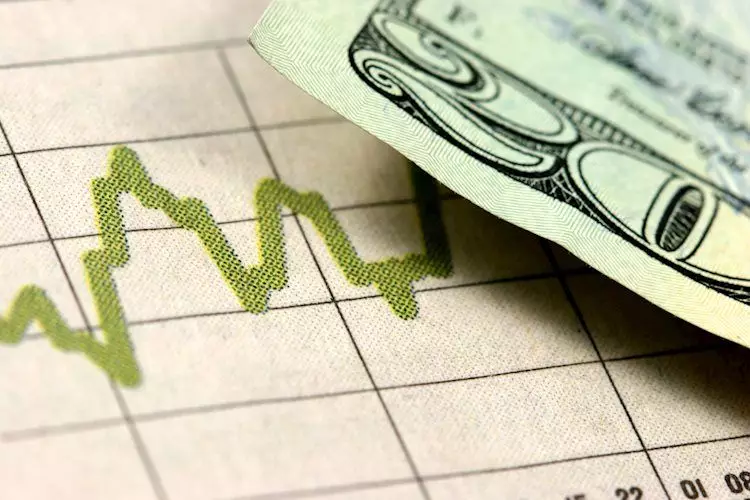The DXY Index is currently showing mild losses at 105.35, suggesting a modest bearish trend. The focus of the market is on conservative comments from the Federal Reserve (Fed) and the expectations for April inflation data, which could impact the outlook for the US Dollar. The Fed’s stance on interest rates and the market expectations for rate cuts or hikes play a significant role in shaping the direction of the USD.
Despite the mild losses in the DXY index, bets on the Fed remain steady and continue to provide support for the US Dollar. The market sentiment is leaning towards a more hawkish outlook due to signals indicating no immediate rate cuts. This shift in expectations has adjusted the market’s view on the USD, leading to limited losses for the currency.
The upcoming week is crucial for the US economy, with major economic indicators such as the Producer Price Index (PPI), Consumer Price Index (CPI), and Retail Sales scheduled for release. These data points are expected to confirm the persistent inflation and robust growth in the US, potentially extending the rally of the Greenback. The USD’s movement will largely depend on the outcomes of these data releases.
The technical analysis of the DXY index shows mixed signals, leaning towards a more bearish outlook. The Relative Strength Index (RSI) indicates a negative slope, suggesting increased selling pressure and weakened buying momentum. The Moving Average Convergence Divergence (MACD) displays struggling bullish momentum, with flat red bars indicating a potential failure to gain bearish momentum. The Simple Moving Averages (SMAs) further add complexity to the DXY’s technical picture, with short-term bearish dominance but potential long-term bullish pressure.
Inflation plays a crucial role in determining the value of a currency, with central banks targeting core inflation levels around 2%. The Consumer Price Index (CPI) measures the change in prices of goods and services over time, while core CPI excludes volatile elements like food and fuel. Higher inflation usually leads to stronger currency value, as central banks may raise interest rates to combat rising prices. On the contrary, lower inflation tends to weaken a currency as interest rates decline, making other investments more attractive.
Historically, gold has been considered a safe-haven asset in times of high inflation. However, in the current market environment, higher inflation rates can actually be negative for gold. Central banks tend to raise interest rates to control inflation, reducing the appeal of non-interest-bearing assets like gold. On the other hand, lower inflation rates can be positive for gold as it decreases the opportunity cost of holding the precious metal compared to interest-bearing investments.
The outlook for the DXY index and the US Dollar remains intertwined with key economic data releases and market expectations regarding the Federal Reserve’s stance on interest rates. Technical indicators suggest a bearish bias in the short term, while inflation dynamics and central bank policies continue to shape currency values. Investors and traders will closely monitor upcoming data points to gauge the future direction of the USD.


Leave a Reply